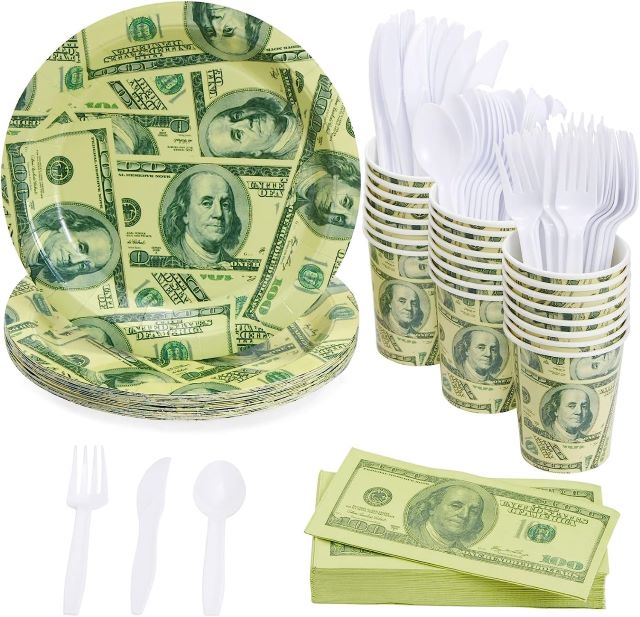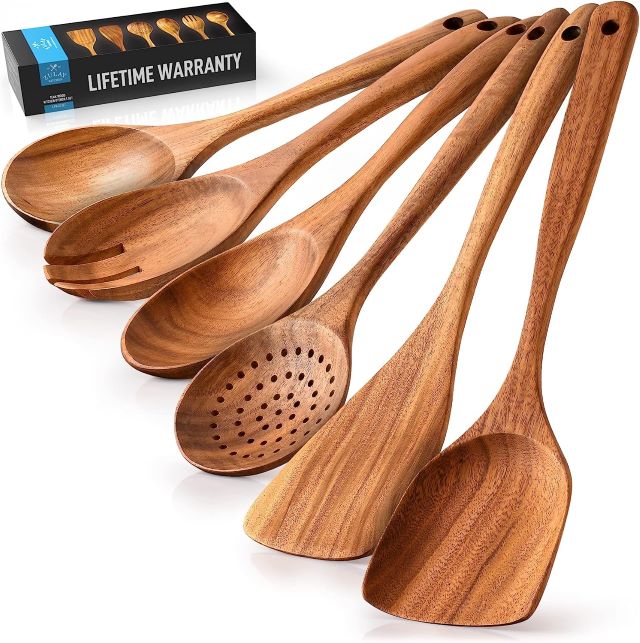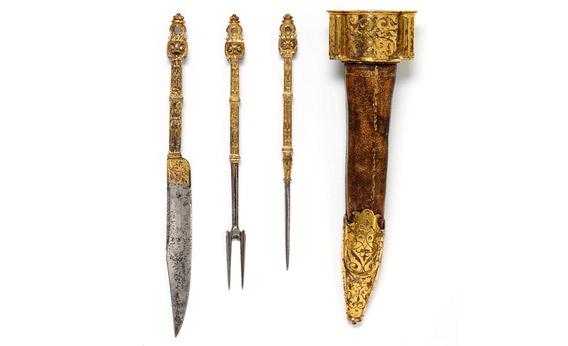Hari Nef’s cutlery dress made waves in the fashion world when it debuted the Barbie movie’s London premiere. Designed by the innovative and daring fashion designer, the dress was a stunning example of wearable art, blurring the lines between fashion and sculpture. The dress featured a mesmerizing arrangement of real stainless steel cutlery intricately woven into the fabric, creating a unique and avant-garde silhouette that caught the attention of fashion enthusiasts worldwide. Hari Nef effortlessly carried the dress with grace and confidence, solidifying her position as a style icon and pushing the boundaries of what is considered fashionable.
The cutlery dress sparked conversations about sustainability and the concept of repurposing everyday objects into high fashion. Hari Nef’s choice to incorporate stainless steel cutlery into her dress brought attention to the environmental impact of disposable plastics and encouraged a dialogue about more eco-conscious choices in fashion. The dress’s bold statement embraced the idea of fashion as a medium for social commentary, urging the industry to explore more unconventional and responsible design practices.
Beyond its symbolism and environmental implications, Hari Nef’s cutlery dress was an exquisite display of craftsmanship. The meticulous placement of each piece of cutlery showcased the designer’s attention to detail and dedication to creating a truly one-of-a-kind piece. As photographs of the dress circulated in the media and on social platforms, it sparked inspiration among emerging designers and artists, encouraging them to experiment with unconventional materials and challenge the traditional norms of fashion. Hari Nef’s cutlery dress will undoubtedly be remembered as an iconic and thought-provoking moment in the history of fashion, leaving a lasting impact on the industry’s future direction.




